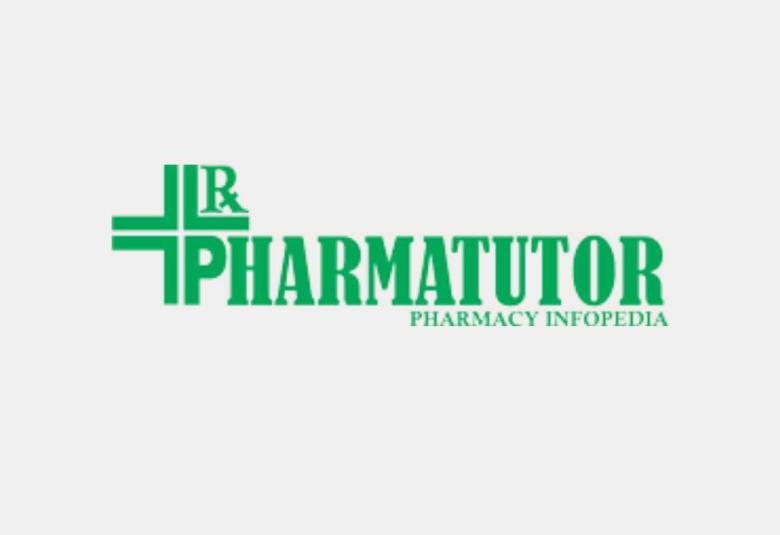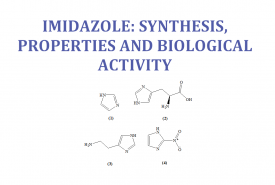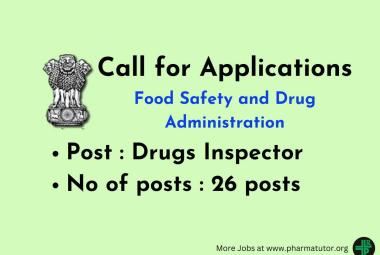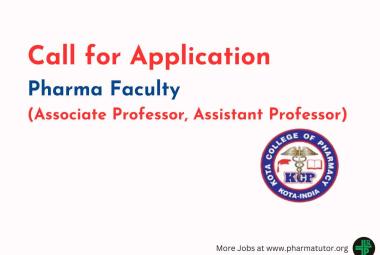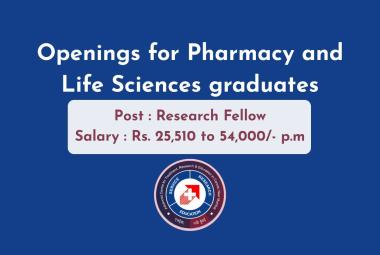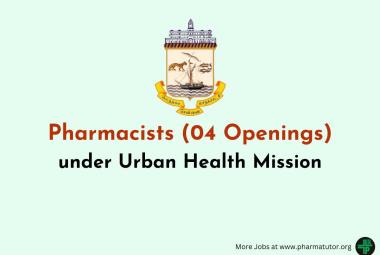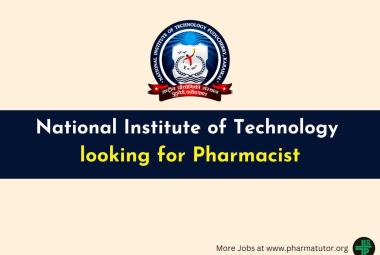A REVIEW: FAST DISSOLVING DRUG DELIVERY SYSTEM
ABOUT AUTHORS:
Rahul Ratnakar*1, Lakshmi Goswami2, Dr. Preeti kothiyal
1Persuing M.Pharma
2Lecturer/guide
1,2Shri Guru Ram Rai Institute of Technology & Science,
P.O. Box - 80, Patel Nagar,
Dehradun 248001, Uttarakhand, India.
rhl.ratnakar@gmail.com
ABSTRACT
Oral delivery is currently the gold standard in the pharmaceutical industry where it is regarded as the safest, most convenient and most economical method of drug delivery having the highest patient compliance [1]. Mouth dissolving tablets are solid dosage forms containing drugs that disintegrate in the oral cavity within less than one minute the development of mouth dissolving tablets formulation is emerging and gaining popularity because it is easy to administer and leads to better patient compliance [2]. These are novel types; of tablets that disintegrate/dissolve/ disperse in saliva within few seconds’. According to European Pharmacopoeia, the ODT should disperse/disintegrate in less than three minutes. The basic approach used in development of MDT is the use of superdisintegrants like Cross linked carboxymelhylcellulose (Croscarmeliose), Sodium starch glycolate (Primogel, Explotab) (Polyplasdone) etc. which provide instantaneous disintegration of tablet after putting on tongue, thereby releasing the drug in saliva [3]. MDTs can be administered anywhere and anytime, without the need of water and are thus quite suitable for children, elderly and mentally disabled patients. This is seen to afflict nearly 35% of the general population and associated with a number of conditions, like parkinsonism, mental disability, motion sickness, unconsciousness, unavailability of water etc. To overcome such problems, certain innovative drug delivery systems, like ‘Mouth Dissolving Tablets’ (MDT) have been developed [4].


